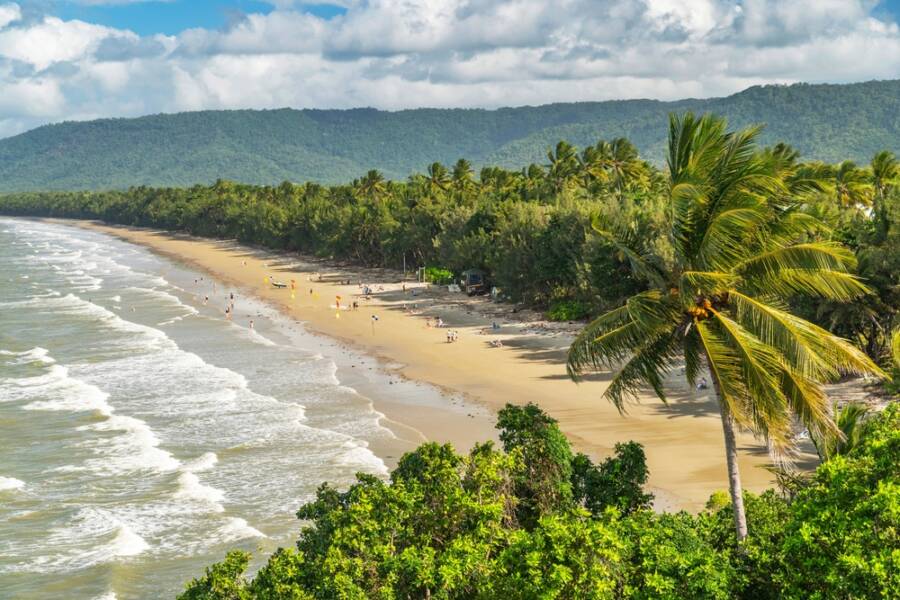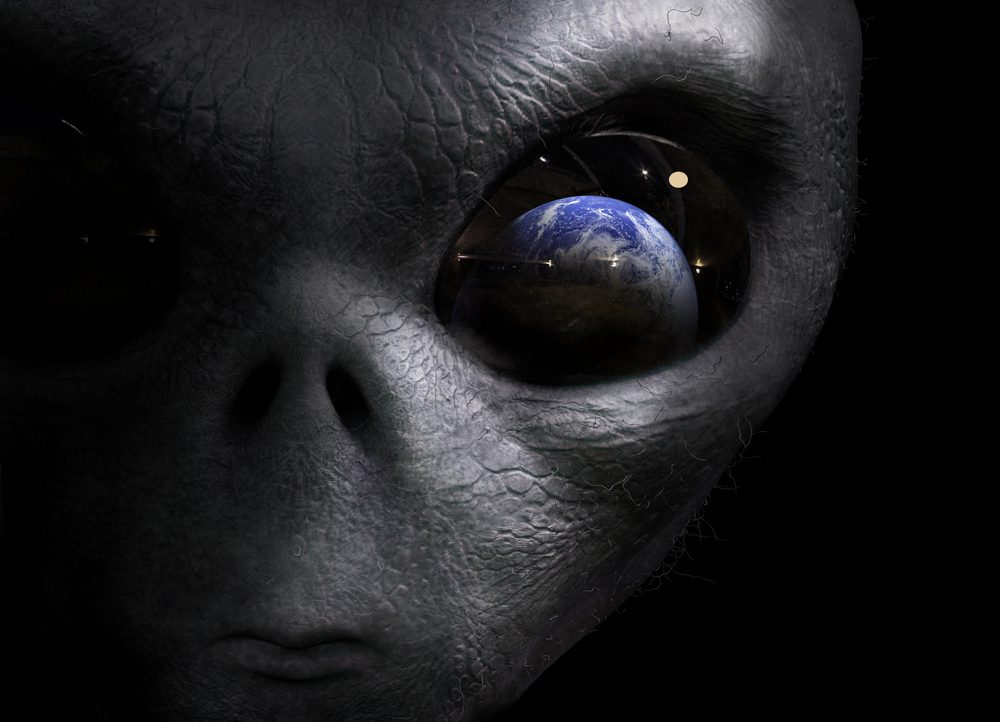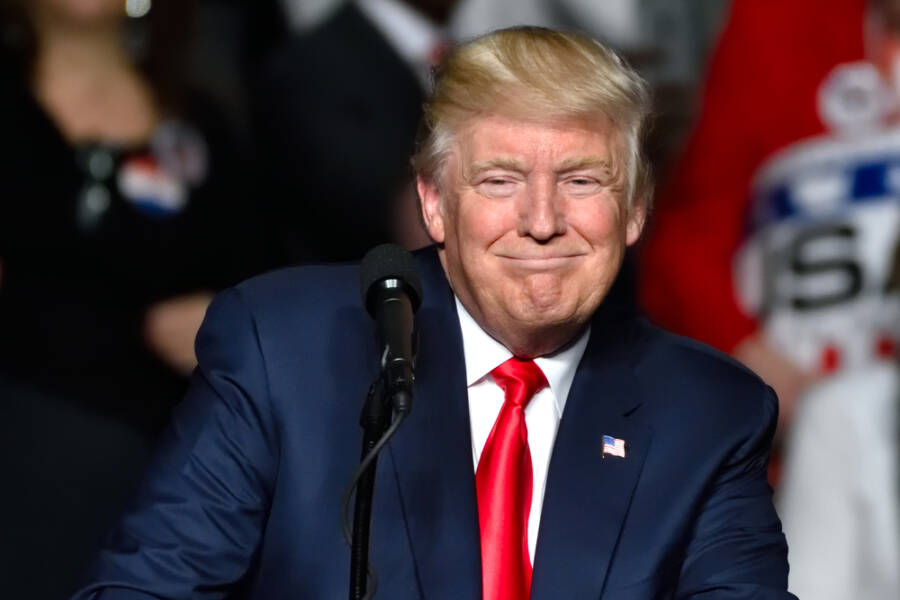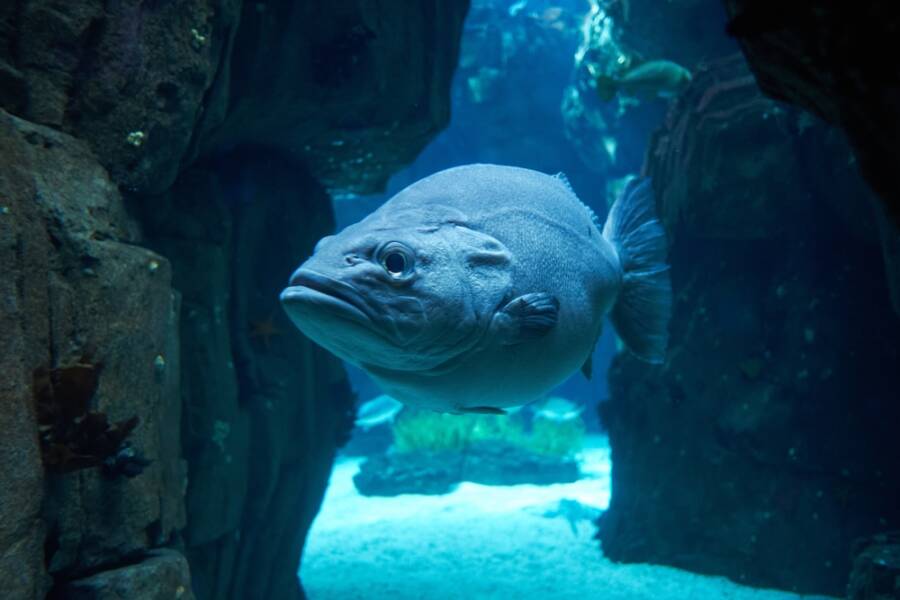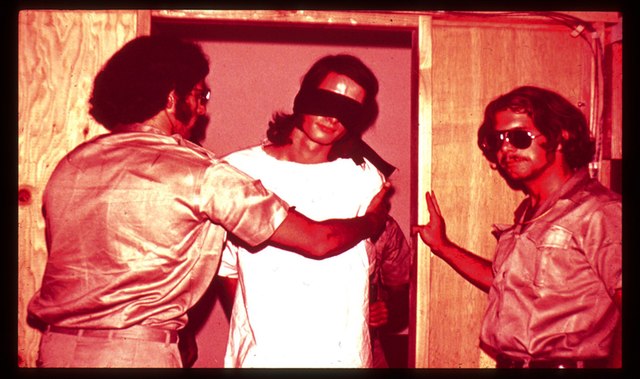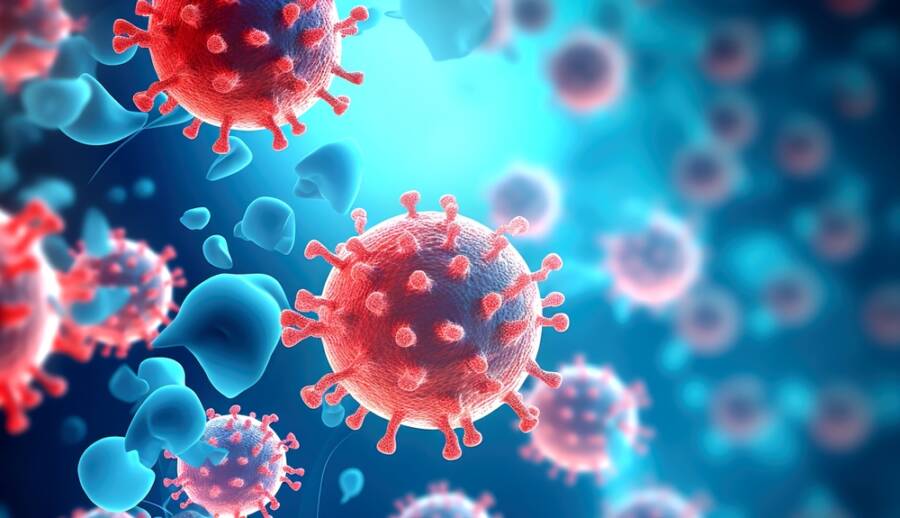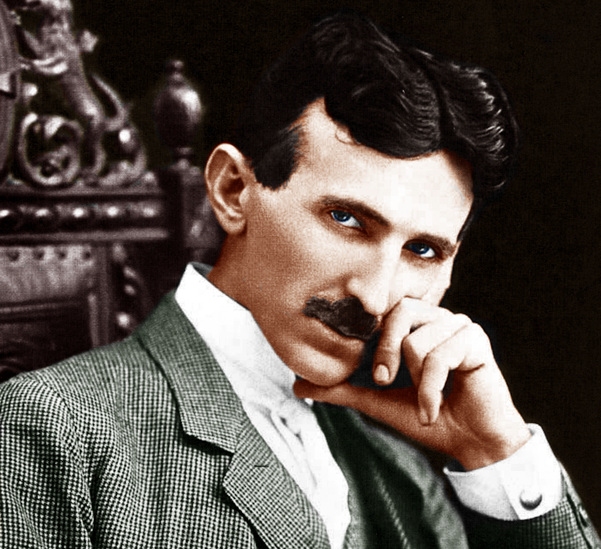Even today, there are numerous nuclear weapons on a global level. Unfortunately, the nuclear threat did not conclude with the Cold War. There are some nations that collectively possess over 14,000 nuclear weapons, and we’re going to discuss them deeper in the next few pages. The US and Russia hold more than 90%, each owing over 6,000.
It’s crucial to get the right information about nuclear weapons because they’re part of global security. Having knowledge of their devastating impact offers awareness and can help humanity prevent catastrophic conflicts. I know, it’s scary to even think of, but it’s the reality we live in – and it’s our duty as Americans to know how to stay safe in case of tragedy!
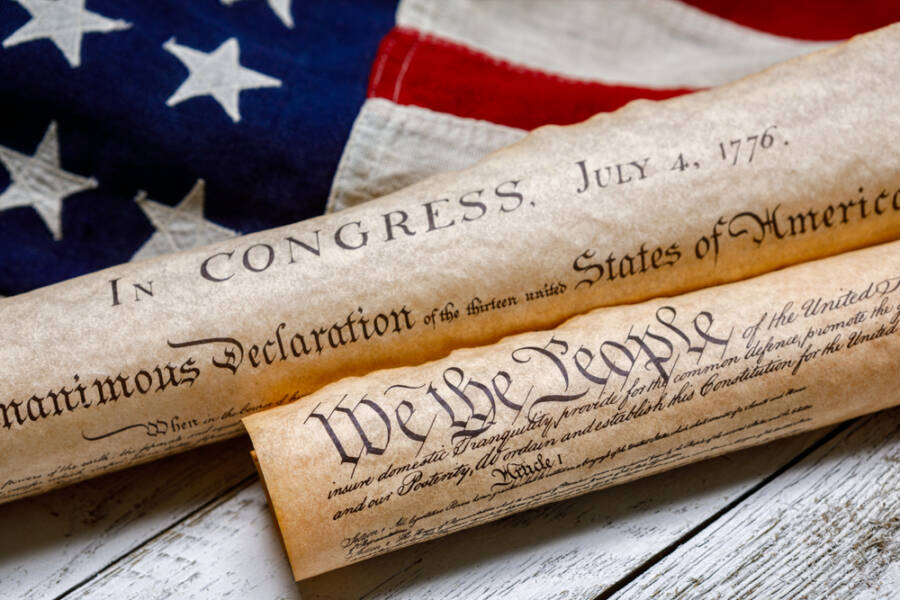
There are few things you should know about this topic:
1. The eradication is possible:
As a goal, reducing nuclear weapon stockpiles is achievable. However, due to diplomatic efforts, the number of the global nuclear arsenal is significantly reduced now compared to the Cold War peak of about 70,000. Every president has contributed to reducing the number of them by signing treaties such as Ronald Reagan’s Intermediate-Range Nuclear Forces (INF) Treaty and Barack Obama’s New Strategic Arms Reduction Treaty (New START).
The Trump administration has withdrawn from preventing nuclear proliferation agreements. The new START is now the sole treaty that limits US and Russian nuclear arsenals.
2. Who controls them?
The authority to decide when to use a nuclear weapon belongs to the President only, even if the US or its allies have not been attacked, and there is no balance or check on this power.
This responsibility underscores the gravity and immense power of the office. This convention was founded on the idea of ensuring swift decision-making in the face of imminent threats and adding credible deterrents against adversaries. The power raises significant concerns about checks and balances because the decision to deploy nuclear weapons rests on the judgment of one individual.
The system supports the President in making rapid decisions under extreme pressure as it highlights the importance of prudence and temperament and taking advice from military and civilian leaders.
3. The No-First-Use policy.
The No First Use (NFU) policy refers to a nuclear-armed state that commits to never initiating a nuclear attack, using them only if attacked with nuclear weapons first. The policy reduces the risk of nuclear war and promotes stability and trust among the nations. Advocates see the NFU as a factor in decreasing the likelihood of nuclear escalation from conventional conflicts, while critics see the possibility of emboldening adversaries by questioning their credibility as a deterrent. The NFU policy, overall, is a significant step towards global security.
We support a No-First-Use policy that prevents the president from initiating a nuclear war. Currently, the US operates under a system described as a thermonuclear monarchy.

4. BUDGET
The funds allocated to nuclear weapons are substantial. The country has planned to spend over the next 30 years around $1.7 trillion on maintaining the nuclear arsenal and modernizing the existing nuclear weapons system. And the count didn’t even take into consideration the few adjustments requested by the Trump administration.
Regarding the budget, proponents argue that such investments are the pilon of national security, being essential for maintaining a strategic edge. On the other hand, critics highlight the cost, pointing out that those substantial resources could cover fields like education, healthcare, or climate change. The debate comes from the need to balance national defense with other pressing issues in society.
5. How can YOU play a role in reducing the nuclear threat?
The nuclear weapons policy seems daunting and overwhelming, but ordinary citizens are not powerless.
First things first, you should educate yourself on nuclear issues the same way you do with health care, education, immigration, or other important topics.
You should be bold enough to ask your elected officials about their position on No First Use policies, nuclear diplomacy, or defense spending. Support and encourage the nuclear weapons issue as a subject in local schools, beyond the context of Hiroshima and Nagasaki.
You can keep the subject fresh in your mind by discussing the issues with your friends and following the right sites and sources.
If you are interested in finding out more things about the flow and the future of nuclear weapons, you can grab this book here.
Let’s dive deeper into this subject:
6. A Quick Overview: Who possesses nuclear weapons?
At the start, the US wanted to keep its new weapon a secret. Somehow, the technology and the awareness for building the atomic bomb spread quickly. The first nuclear test took place in 1945 with the drop of the two bombs from Hiroshima and Nagasaki. Four years later, the Soviet Union had its first nuclear weapons, and in the following years, the UK, France, and China entered the scene. In this context, some nations decided to negotiate the Nuclear Nonproliferation Treaty (NPT) of 1968 and the Comprehensive Nuclear Test Ban Treaty (CTBT) of 1996.
There are states that own nuclear arsenals and have never signed the NPT, like India, Israel, or Pakistan. In January 2003, North Korea left the NPT, and they have tested advanced nuclear devices since then. Other states, such as Iran and Libya, pursued nuclear activities secretly, violating the treaty, and Syria is suspected of doing the same.
Even with the challenges, the progress in preventing nuclear proliferation is a large success, and the most feared scenario has not happened.
At the first established NPT, both the US and the Soviet Union had tens of thousands of nuclear stockpiles.
The size of the nuclear arsenal was reduced in 1970, when the US and Russian leaders negotiated some bilateral arms control agreements.
Today, the US possesses 1,419 deployed strategic warheads, while Russia has 1,549, and both are spread across hundreds of bombers and missiles. Both nations keep modernizing the nuclear delivery system. The counts are based on the New START agreement, extended for 5 more years in 2021. In 2023, Russia suspended its participation in the treaty, which led the US to implement countermeasures limiting information sharing and inspections. However, both countries adhered to the treaty’s central limits on strategic force deployments until 2026.
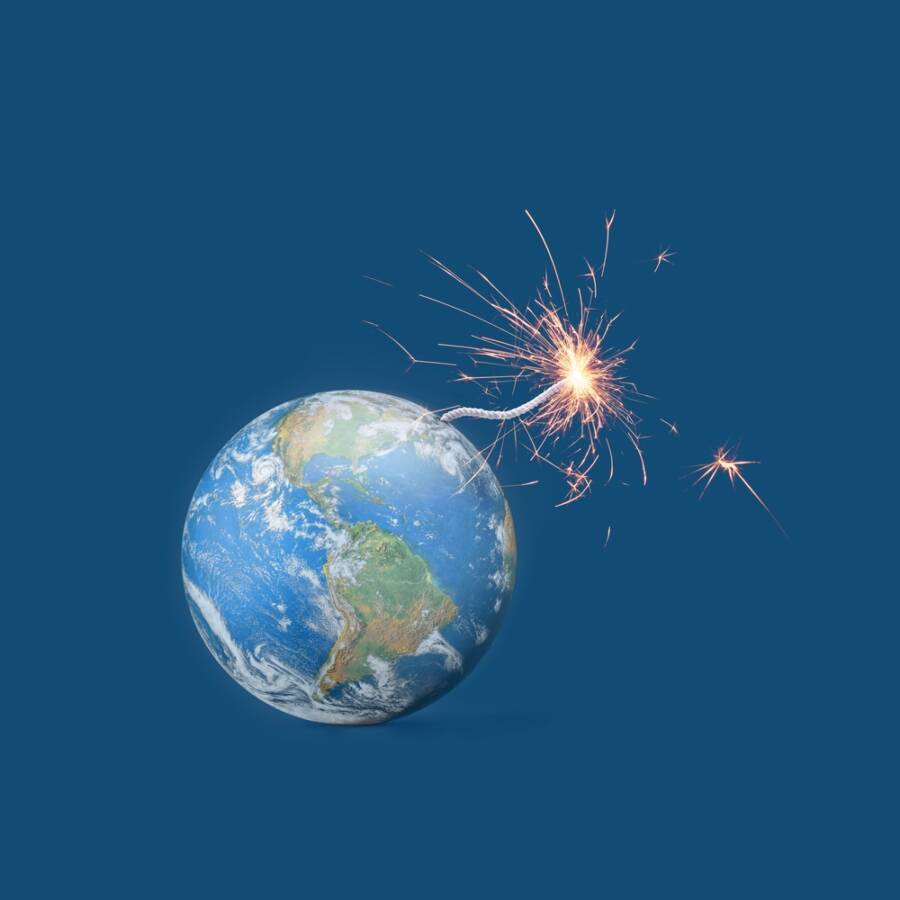
States That Own Nuclear Weapons:
There are five states officially recognized as being in possession of nuclear weapons under the NPT: Russia, the United States, China, France, and the United Kingdom.
The five states officially recognized as possessing nuclear weapons under the NPT are China, France, Russia, the United Kingdom, and the United States. According to Article VI of the NPT, these states are committed to eventually eliminating their nuclear arsenals. In 2000, they promised to achieve the total elimination of their nuclear weapons. Because governments often keep nuclear details secret, the figures below are estimates, including both strategic and tactical nuclear weapons.
Russia:
According to the 2022 September New START declaration, Russia owns 1,549 strategic warheads on 540 delivery systems: ICBMs, SLMBs, and heavy bombers. Russia didn’t update its data, but they have pledged to adhere to the strategy limits until 2026. 1,000-2,000 non-strategic nuclear warheads are estimated in the Russian military stockpile, and about 4,489 nuclear warheads, with 1,400 retired warheads awaiting dismantlement.
United States:
The New START declaration of May 2023 confirms that the US deploys 1,419 strategic nuclear warheads on 662 delivery systems (ICBMs, SLBMs, and heavy bombers). The country owns about 100 B-61 nuclear bombs at six NATO bases in five European countries: Italy, Turkey, Germany, Belgium, and the and the Netherlands. October 2021 came with a declassification announcement that the US had 3,750 active and inactive warheads. FAS estimates a total of 5244 warheads, including the 1,536 retired and awaiting dismantlement.
China
China is estimated to have about 410 nuclear warheads. They own around 201 strategic launchers (ICBMs and SLBMs). It’s possible that there are additional warheads in production for new missiles and bombers. The Defense Department comes with a count of 500 nuclear weapons at the end of 2023 that could have gotten up to 1,000 deliverable warheads if it continued the trend.
France
France bets on modernizing its nuclear forces, but it doesn’t plan on increasing the stockpile. At the last count, they owned 290 operational warheads distributed on 98 strategic delivery systems, which included 48 SLBMs and 50 air-launched cruise missiles for aircraft.
United Kingdom
The last count exposed a stockpile of 225 warheads, with about 120 functional on 48 SLBMs and 105 in storage. They own four Vanguard-class submarines, constituting their sea-based nuclear deterrent.
India, Pakistan, and Israel are also states possessing nuclear arms, and independent researchers estimate that India has around 164 nuclear warheads, Pakistan has 170 nuclear warheads, and Israel is estimated to possess 90 nuclear warheads, owning enough fissile material for over 200.
However, they don’t deny nor confirm the possession of the nuclear arms.
If you found our article interesting, this is where you find What To Do in Case of Radiation Emergency.

